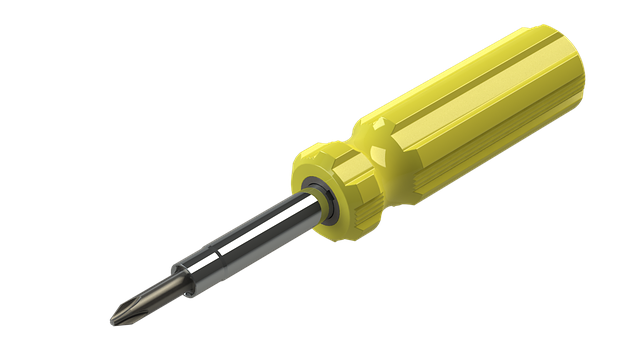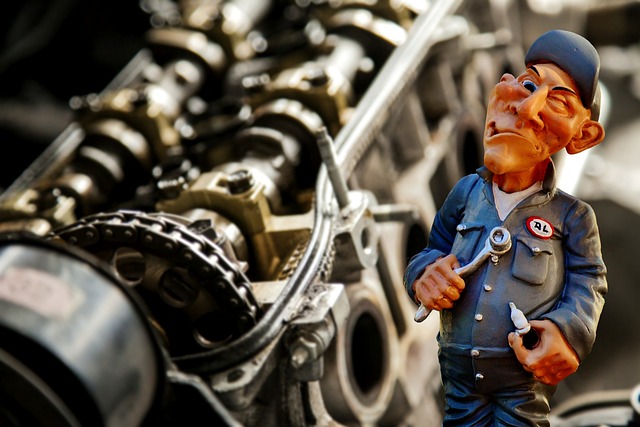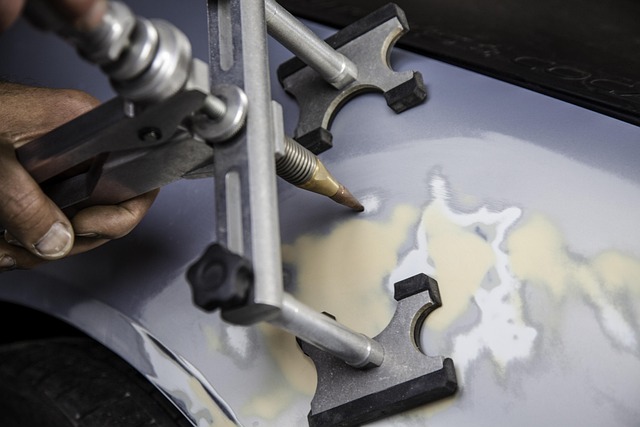Salvage auto body parts offer a sustainable and affordable repair option but must meet strict safety standards. Rigorously inspected by regulatory bodies like NHTSA, these parts ensure structural integrity and collision resistance when properly handled and installed. While cost-effective, sourcing and installation may take longer than with new parts, impacting urgent repairs. Regular updates to safety guidelines by organizations worldwide guarantee the reliability of salvaged parts, benefiting auto body shops while maintaining vehicle safety during crashes.
In today’s automotive landscape, salvage auto body parts have emerged as a cost-effective option for vehicle repairs. However, there’s a pressing question: do these parts compromise crash safety? This article explores the multifaceted world of salvage auto body parts, delving into their role in crash safety, the advantages and disadvantages of their use, and the regulatory perspective that ensures safety standards. Understanding these dynamics is crucial for both consumers and professionals alike.
- Understanding Salvage Auto Body Parts and Their Role in Crash Safety
- The Pros and Cons of Using Salvaged Body Parts for Vehicle Repairs
- Ensuring Safety Standards: Regulators' Perspective on Salvage Auto Body Parts
Understanding Salvage Auto Body Parts and Their Role in Crash Safety
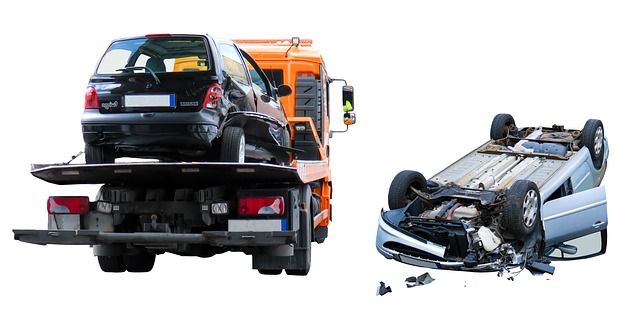
Salvage auto body parts play a significant role in the automotive industry, especially when it comes to cost-effective vehicle repairs and recycling. These parts, sourced from damaged or destroyed vehicles, are not merely second-hand; they undergo rigorous inspection and processing to ensure their functionality and safety. Understanding the intricacies of salvage auto body parts is crucial in gauging their impact on crash safety, which remains a paramount concern in car collision repair.
In the realm of vehicle repair, these parts offer a viable alternative to brand new ones, contributing to both environmental sustainability and cost savings. However, their effectiveness in ensuring crash safety relies heavily on proper handling and installation. Auto maintenance experts emphasize that salvage parts must meet strict quality standards to match the performance of original equipment, particularly in terms of structural integrity and collision resistance. This ensures that when incorporated into vehicle repairs, they do not compromise the overall safety of the automobile during future accidents or normal wear and tear.
The Pros and Cons of Using Salvaged Body Parts for Vehicle Repairs
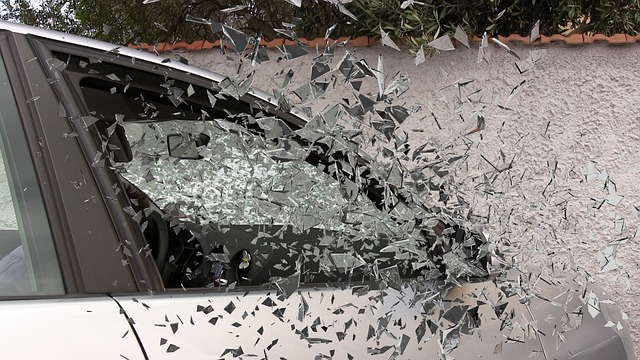
Using salvaged auto body parts for vehicle repairs offers several advantages and disadvantages. One of the key benefits is cost-effectiveness; these parts are typically much cheaper than new ones, making them an attractive option for budget-conscious car owners. This affordability can be especially appealing after a significant crash, when repair costs can skyrocket. Salvaged parts also contribute to environmental sustainability by reducing waste and the demand for new manufacturing processes.
On the downside, there’s a concern about safety and quality. Salvaged body parts might have been involved in previous accidents or may not meet the same rigorous standards as new components. This uncertainty can raise questions about their structural integrity, especially in critical areas like the frame, which undergoes significant stress during collisions. Despite this, proper inspection and certification by reputable suppliers can mitigate these risks. Additionally, while cost-saving, using salvaged parts might require more time for sourcing and installation compared to acquiring and installing new ones, impacting the overall repair process, particularly in urgent situations.
Ensuring Safety Standards: Regulators' Perspective on Salvage Auto Body Parts

When it comes to salvage auto body parts, ensuring safety standards is paramount from the regulators’ perspective. Authorities like the National Highway Traffic Safety Administration (NHTSA) and similar bodies worldwide have stringent guidelines in place to maintain vehicle safety during crashes. These regulations cover every aspect of a car’s construction, including replacement parts. Salvaged auto body parts must meet the same rigorous criteria as new components to guarantee they won’t compromise the structural integrity or performance of the vehicle during an accident.
Regulatory bodies inspect and certify these parts to ensure they’re safe for reuse. Many auto collision centers and reputable car body shops rely on this certification process to source reliable, quality-assured salvage auto body parts. This not only helps reduce costs for automotive repair but also ensures that vehicles remain as safe as new, even when incorporating recycled components. The NHTSA and other safety regulators continually update their standards to keep up with advancements in vehicle technology and manufacturing processes, ensuring that the use of salvage auto body parts enhances rather than detracts from overall crash safety.
While salvage auto body parts offer cost-effective solutions for vehicle repairs, it’s crucial to strike a balance between affordability and crash safety. The pros and cons outlined in this article highlight the importance of thorough inspection and proper regulation. Regulators play a vital role in ensuring that salvaged parts meet safety standards, preventing potential risks on the road. Understanding both the benefits and drawbacks is key to navigating this landscape, ultimately fostering a more sustainable and secure automotive industry.




